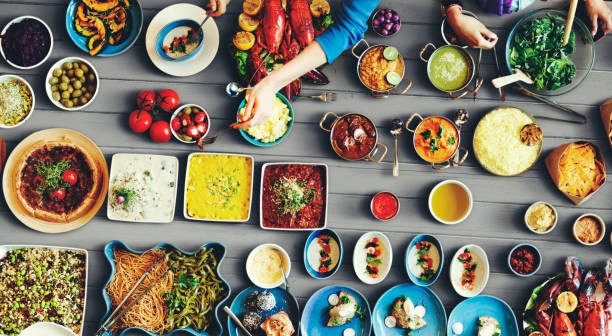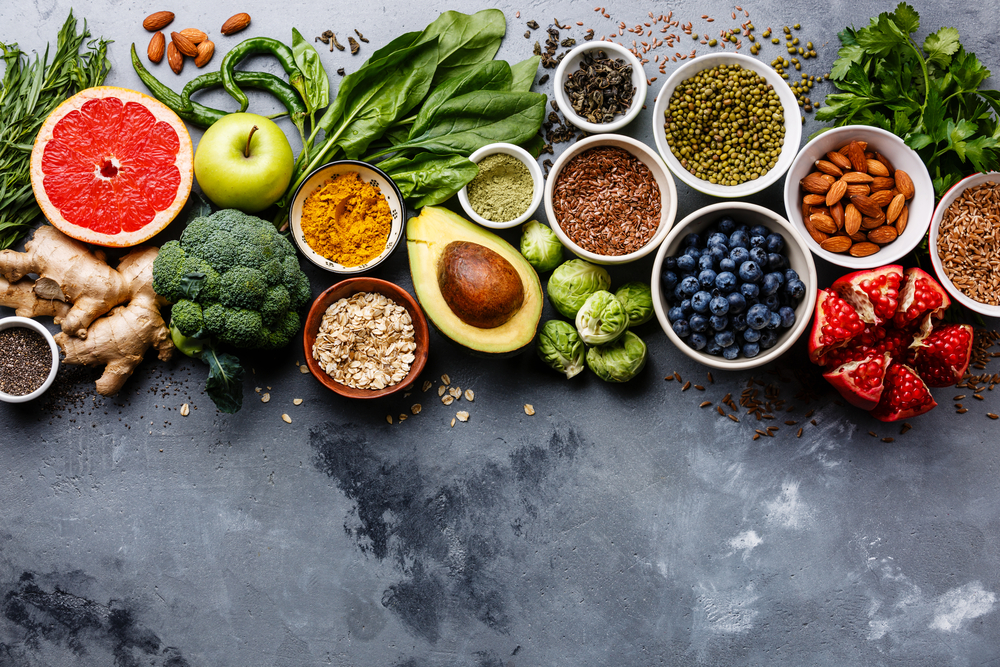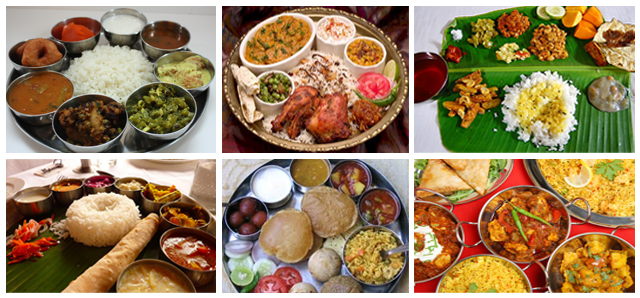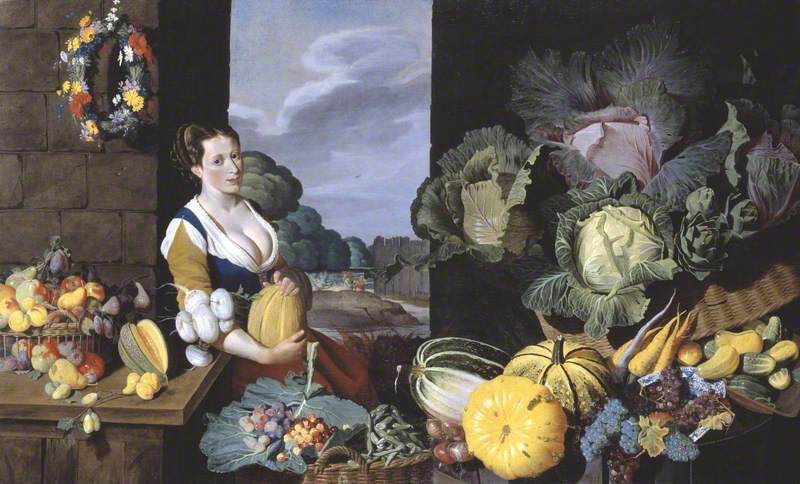
Food has always been central to human existence. It sustains us, nurtures us, and connects us to our cultural roots, spiritual beliefs, and even our emotions. Beyond its practical role in fueling our bodies, food also symbolizes much more it conveys stories, histories, and values, making every meal an opportunity for reflection. From the humble loaf of bread to the grand feast of a holiday celebration, food symbolizes the essence of life itself.
1. The Role Of Food Symbolism In Different Cultures
Cultural Significance Of Food Symbols Around The World
Food is a powerful cultural marker, serving as a reflection of identity, heritage, and beliefs. In different parts of the world, food rituals are central to religious practices, life events, and celebrations. Whether it’s the ricethat symbolizes life and fertility in many Asian cultures or the breadthat connects Christians to the body of Christ, food serves as a unifying symbol that binds communities together.
In China, the dumplinghas long been a symbol of wealth, as its shape resembles traditional Chinese coins. During the Chinese New Year, families make and share dumplings to wish for prosperity in the year ahead. Similarly, in Greece, the pomegranateis often used during the New Yearto symbolize abundance and good fortune. The fruit’s many seedsare seen as a metaphor for a year full of new opportunities and blessings.
In Indian culture, food is deeply entwined with religious rituals. Riceis not just a staple; it’s sacred, symbolizing prosperity, purity, and sustenance. During weddings, rice is thrown at the bride and groom as a blessing for fertility and success in their married life. Ghee, or clarified butter, is another symbol of purity and is used in sacred offerings and ceremonies.
2. The Psychological Meaning Of Food
How Food Shapes Our Emotions And Identity
Food is not just a biological necessity it’s also an emotional anchor. Psychologically, food plays a critical role in our emotional well-being. It connects us to our past, influences our present feelings, and helps define who we are as individuals. The foods we eat are often intertwined with memories of home, family, and important life moments.
For instance, comfort foodslike mac and cheese, soup, or chocolate cakeare often linked to feelings of safety, warmth, and love. These foods act as psychological nurturers, soothing us when we feel stressed or isolated. Psychologist Suzanne Kentargues that food rituals provide a “pause” in our busy lives, allowing individuals to reconnect with themselves and their loved ones.
See Also: How Do You Make Low-Sodium Broth At Home?
The symbolism behind these foods extends beyond their taste or texture. Food ritualssuch as family meals, birthday cakes, or holiday feasts often represent identityand belonging. Eating traditional foods passed down through generations is an act of connecting with one's cultural or familialidentity, ensuring that the past is never forgotten.
3. Common Food Symbols And Their Meanings
10 Common Foods And What They Represent
Food is a universal language, speaking volumes about culture, religion, and tradition. Here are ten symbolic foods that transcend borders, each carrying deep meanings:
- Bread– In Christianity, bread represents the body of Christ. It also symbolizes sustenance, community, and life itself. In many cultures, sharing bread is an act of unity.
- Eggs– Symbolizing new life and rebirth, eggsare commonly associated with Easter, representing the resurrection of Christ in Christianity, and in other cultures, fertility and renewal.
- Honey– Often linked to abundance, prosperity, and peace, honeyrepresents sweetness and harmony. It is commonly used in rituals to symbolize the sweet things in life.
- Apples– In the Bible, the apple represents the fall of man(the forbidden fruit), symbolizing knowledge, temptation, and human curiosity.
- Grapes– Symbolizing abundance and prosperity, grapesare a key part of celebrations and religious rituals, especially in Christianand Greektraditions.
- Fish– A symbol of Christianity, representing the faith of believers and Christ's role as a provider. It also symbolizes abundance and nourishment in various cultures.
- Chili Peppers– In many cultures, chili peppersare a symbol of strength, passion, and protection. They are often used to ward off evil spirits.
- Rice– Riceis sacred in many Asian culturesand symbolizes life, fertility, and prosperity. It is often thrown during weddings as a blessing for the newlyweds.
- Olives– Representing peace, reconciliation, and longevity, olivesare used in Mediterraneancultures to symbolize unity and harmony.
- Pomegranates– Associated with life, death, and rebirth, pomegranates symbolize fertility, prosperity, and even immortality, especially in Greek mythology.
Each of these foods carries symbolic weight that connects them to ancient rituals, spiritual practices, and cultural traditions, highlighting the deep connection between food and human experience.
4. Food Symbolism In Religion And Spirituality
The Spiritual And Religious Significance Of Food
Food has always been an integral part of religious rituals, spiritual practices, and faith-based communities. Across various cultures and faiths, food symbolizes divinity, sacrifice, renewal, and celebration. From the Eucharistin Christianityto the sweet Modakoffered to Lord Ganesha in Hinduism, food is used to foster a connection between the physicaland the spiritual worlds.
In Christianity, the Eucharist—which involves the consumption of breadand wine—is a central sacrament that symbolizes the body and blood of Christ. The act of sharing this meal with the community represents spiritual nourishmentand eternal life. Similarly, Hot Cross Buns, traditionally eaten on Good Friday, symbolize Christ’s crucifixion. The cross on top of the bun represents the sacrifice of Christ, while the spices used in the dough recall the embalmingof His body.
In Hinduism, food plays a significant role in pujas(rituals) and festivals. Ghee, or clarified butter, is used in Aarti(ritual prayers) to anoint statues of deities, symbolizing the purification of the body and soul. Modak, a sweet dumpling filled with coconut and jaggery, is offered to Lord Ganeshaduring Ganesh Chaturthi, symbolizing the sweetness of life and the removal of obstacles. This symbolic food offering reflects the cultural importance of food as a means of honoring the gods and inviting blessings into the lives of devotees.
In Judaism, food holds deep ritual significance. Matzo, the unleavened bread eaten during Passover, symbolizes the Israelites’ hasty departure from Egypt, a time when they did not have enough time to let their bread rise. Sufganiyot(jelly-filled doughnuts), eaten during Hanukkah, symbolize the miracle of the oil that burned for eight days in the Temple of Jerusalem, and the oilis seen as a symbol of spiritual renewal and divine light.
In Islam, datesare traditionally eaten to break the fast during Ramadan, symbolizing both the tradition of Prophet Muhammadand the renewal of spirit after a day of fasting. Halva, a sweet dessert made from semolina, is served at memorial services and anniversaries to honor the deceased, symbolizing remembrance and the continuity of life.
Related: How To Avoid Cooking With Sugar
Each of these foods holds a unique place in religious ceremonies, serving not just as sustenance but as a symbol of spiritual devotion, blessings, and ritual purity.
5. Food Symbolism In Literature And Art
The Representation Of Food In Art And Literature
Food is often used symbolically in literatureand artto convey deeper meanings about human experiences, desires, and the passage of time. It’s not just a physical object—it becomes a metaphorfor larger concepts, such as life, death, and identity.
In literature, food symbolismcan be found throughout many classic works. For example, in John Steinbeck’s The Grapes of Wrath, food symbolizes survivaland community. The Joad family's journey across the U.S. during the Great Depressionis marked by their struggle to feed themselves, and their efforts to preserve their dignity through food. Bread, in particular, is an essential symbol of life and survival.
In Biblical literature, food holds immense symbolic significance. The applein the story of Adam and Eve represents temptation, forbidden knowledge, and the fall of man. In Tolkien’s The Lord of the Rings, food is a central symbol of hospitalityand community, particularly in the scenes with the Hobbitswho share meals in the Shire, illustrating a close connection between nourishment and bonding.
In art, food is often used as a way to represent life’s fleeting natureor to evoke a sense of abundance or decay. For example, in Renaissance still-life paintings, food was depicted in such a way as to emphasize its transient nature—decaying fruit or wilting flowers remind viewers of the impermanence of life. The famous painting of bread, cheese, and winewas meant to convey luxury, while also reminding the viewer of life’s brevity.
6. The Influence Of Food Symbolism On Modern-Day Trends
From Trendy Diets To Social Media: The Modern Role Of Food Symbols
In today’s world, food symbolism is not just confined to ancient rituals or cultural practices. It has evolved and found its way into modern-day trends, including social media, food marketing, and wellness diets.
The rise of plant-based dietsand the increasing popularity of sustainable eatingare prime examples of how food symbolism has shifted towards health and environmental consciousness. Foods like avocados, kale, and quinoahave become symbols of wellness, eco-consciousness, and ethical eating. People now associate eating these foods not just with healthbut with a commitment to sustainability.
Food in advertising also plays a significant role in shaping cultural values. Brands often use food to evoke emotionsof comfort, nostalgia, or luxury. For instance, ads for comfort foods like soupor chocolateoften evoke feelings of warmth, family, and security, while high-end brands use foods like caviaror fine wineto symbolize opulenceand luxury.
Food also continues to play a symbolic role in festivalsand public celebrations. Consider the rise of food festivalsaround the world, where food is celebrated not just as nourishment, but as an expression of cultural identity and community. The Fort Collins Foodie Walk, for example, celebrates culinary diversity by showcasing the local foodie culture, drawing attention to how food connects us as individuals and communities.
7. The Future Of Food Symbolism
How Food Symbolism Will Evolve
As the world continues to evolve, so too does the symbolism attached to food. Emerging trends in technology, sustainability, and consumer behaviorsuggest that food symbolism will continue to shift, reflecting the changing valuesand prioritiesof society. The future of food symbolism may be influenced by advances in lab-grown food, the growing importance of plant-based diets, and the rise of ethical eating.
Lab-Grown Food And Sustainability
One of the most significant developments that will likely shape the future of food symbolism is the rise of lab-grown meatand sustainable food practices. Lab-grown meatis being hailed as a solution to the environmental and ethical issues surrounding traditional meat production. The symbolism of meat, which has long been associated with wealth, power, and indulgence, may undergo a transformation as lab-grown meat becomes more common.
Rather than being a symbol of luxury, meat might become a symbol of responsibilityand sustainability. As concerns about climate changeand animal welfaregrow, the shift to lab-grown and plant-based alternatives reflects a growing awareness of the environmental impact of food choices. Foods like Beyond Meator Impossible Foodsmay begin to symbolize not just healthbut a commitmentto the planet.
The Role Of Technology In Shaping Food Symbolism
Another factor that will shape the future of food symbolism is the role of technology. From 3D-printed foodto AI-created recipes, technological advancements will allow food to take on new forms and meanings.
Imagine a world where people can customize their meals through technology where the foods we eat could be printed, assembled, or even grown on demand. In this future, food may symbolize innovation, personalization, and the integration of technology with daily life.
FAQs About Food Symbolism
How Does Food Symbolism Affect Our Daily Lives?
Food symbolism plays an important role in shaping our personal identityand relationships. The foods we eat whether they’re part of a family tradition, a comfort food, or a dish associated with a specific cultural or religiouspractice can influence how we connect with othersand express our values.
Can Food Symbolism Be Used In Marketing And Advertising?
Absolutely. Marketers often use food symbolism to evoke specific emotions and connect with target audiences. For example, brands that promote plant-based dietsoften emphasize values such as sustainability, ethics, and wellness. Chocolateis frequently marketed as a symbol of luxury, indulgence, and pleasure, while organicfoods are associated with healthand conscious living
Why Is Food So Deeply Connected To Emotions And Identity?
Food is a central part of our lives, linking us to our past, our culture, and our emotional experiences. The act of eating often brings back memories of childhood, family gatherings, and important life events. Whether it’s the comfort of a favorite childhood mealor the joy of sharing a feastduring a holiday, food plays a significant role in shaping our emotional connectionto the world.
What Is The Religious Significance Of Food In Different Faiths?
Food holds a profound role in many religious traditions. In Christianity, food like breadand winerepresents the sacrificeand redemptionof Christ. In Hinduism, offerings like gheeand Modaksymbolize purity, devotion, and the connection between the divine and the faithful.
Conclusion
Food is more than just nourishment it is a language, a symbol, and a reflection of our shared human experience. From the bread of communion to the pomegranatesthat symbolize life’s renewal, food is woven into the fabric of our cultures, religions, and emotions. It connects us to our heritage, shapes our identities, and plays a crucial role in celebrations, rituals, and even healing.




